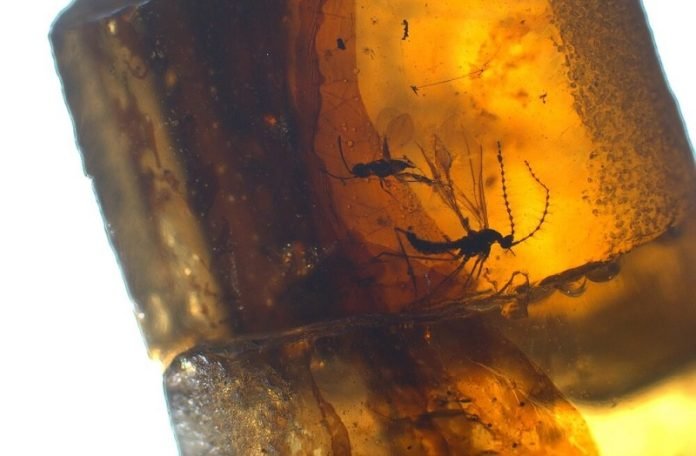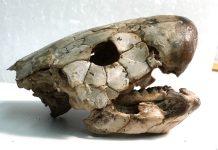
Have you ever watched the movie “Jurassic Park” and wondered about the piece of amber containing the preserved mosquito?
The truth is, amber, which is fossilized tree resin, is often found in abundance in rocks that date back to the Cretaceous era – the time of the dinosaurs.
But why was there so much amber during this era? It’s a question that has fascinated geologists and paleontologists alike.
An article in the Earth-Science Reviews journal, led by Professor Xavier Delclòs from the University of Barcelona, tries to solve this amber enigma.
Delclòs likens the abundance of amber in the Cretaceous to the massive amounts of plastic we find in today’s environment. Both signify a significant occurrence in the Earth’s history that left a mark in the geological record.
Amber is particularly intriguing because it often contains perfectly preserved organisms from the forests of the past.
Imagine it as nature’s own time capsule. It allows us to peek into the world as it was millions of years ago, providing us with incredible details about the forests of the Cretaceous period.
The Cretaceous period, which spanned from 145.5 to 66 million years ago, was a time of rapid change and diversification of organisms.
Somehow, during this time, there was a widespread production of resin by trees that eventually became amber. But why did this happen?
The researchers think that the forests full of resin-producing conifers, forest fires, the existence of similar flora and fauna, and specific climate conditions were key factors.
Importantly, the massive resin production wasn’t the same everywhere and didn’t occur non-stop. It had highs and lows.
Amber samples from different places across the globe provide crucial insights into the Cretaceous period. This was a time when the Earth saw the rise of flowering plants, changes in the arrangement of continents and ocean currents, and an increase in sea levels.
The Earth’s climate was warmer and more humid than today, with high levels of carbon dioxide due to extensive volcanism and oxygen due to widespread forests.
The global landscape and environment of the Cretaceous influenced the life and evolution of organisms, including dinosaurs, and shaped relationships between species.
The massive production of amber – termed as the Cretaceous Resinous Interval (CREI) by the researchers – gives us a peek into this vanished world.
The authors conclude by emphasizing that studying the CREI allows us to learn about the early days of modern ecosystems, the life of extinct organisms, and the origins of many behaviors we see in today’s organisms.
So, next time you see a piece of amber, remember – you’re not just looking at fossilized tree resin, you’re peering into a window of the Earth’s fascinating past.
Follow us on Twitter for more articles about this topic.



